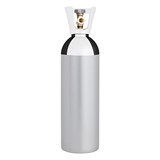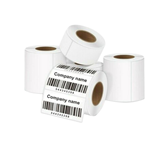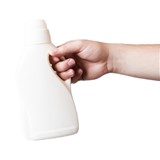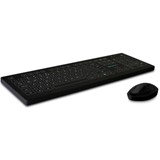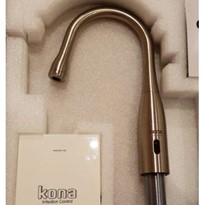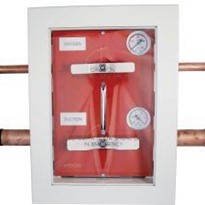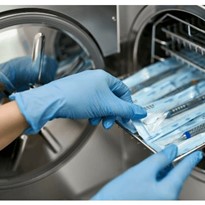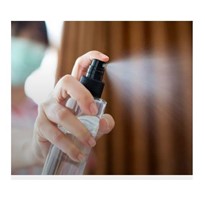Did you know that there are around 165,000 healthcare associated infections (HAI’s) in Australian Health facilities each year, making them the most frequent complication affecting patients.
So, it can then be said that effective infection control and prevention is imperative to providing high quality healthcare for your patients and a safe working environment for your staff.
This article aims to arm you with the right tools to identify if your hospital grade mattresses are meeting infection control standards.
What are the common methods of infection control?
Standard precautions required to achieve a basic level of infection control in a hospital setting include; hand hygiene, the use of correct PPE, safe use and correct disposal of sharps, routine environmental cleaning and implementation of correct procedures surrounding handling of blood, bodily fluids, secretions and excretions.
What should I know before purchasing a hospital grade mattress?
Purchasing a mattress for your hospital beds/ stretchers could be something that you’ve never had to think much about until now. In our opinion there are four key things to look out for before making any decision to buy.
- Patient requirements are crucial
- As you’re probably well aware of, no two patients are the same and there are a lot of variables to consider when it comes to patient comfort and safety. There are also many different types of support surfaces available on the market, that’s why we’ve written an article specifically on this which you can read in our article section.
- Consider the amount of support requirements that a carer must provide
- It’s important to remember that your patient won’t be the only individual interacting with the mattress and that it may be best to also consider the staff and carers in your decision, for example, are there specific features of the mattress that could potentially make it easier to provide better care?
- Current hospital bed sizes
- The size of a hospital bed can sometimes be forgotten when buying a mattress and before you know it, you have beds with no mattresses and mattresses with no beds. Consider researching manufacturers and have a list of features ready of what is needed and what isn’t to ensure you receive a high-performing support surface for the best value.
- Quality is important
- Cost can play an important factor in any type of purchase decision however, when selecting the right support surface for your patients, quality can also play a substantial role in the decision. The quality of a mattress can have a direct impact on a patient’s level of comfort, this is not a surprise considering how much use a mattress can receive daily. Again, consider researching different suppliers and aim for complete transparency so at the end of the day you can have the confidence to reassure your patients that they are receiving the best level of support alongside the highest level of care.
How do hospitals clean mattresses?
The manufacturer of your mattresses should have clear guidelines regarding the cleaning and maintenance of their mattresses. Generally, if your facility doesn’t already have procedures in place that relate to these guidelines there are some basic cleaning steps that may suffice until one can be implemented. First, clean the mattress with soap and water, then disinfect the surface, followed by rinsing it - this is a basic guide to cleaning a medical mattress and it is recommended that you always follow your manufacturers guide to prevent voiding your warranty.



